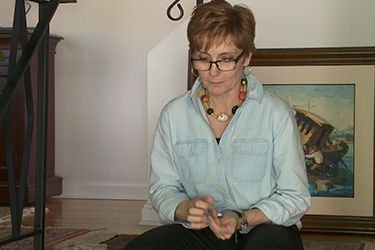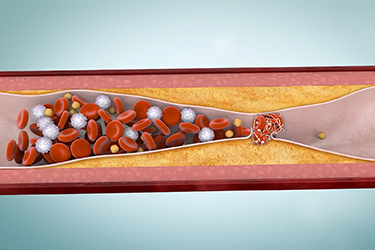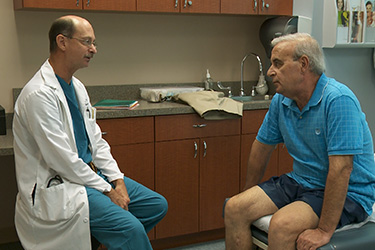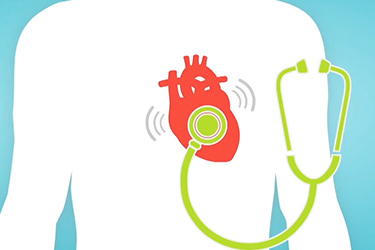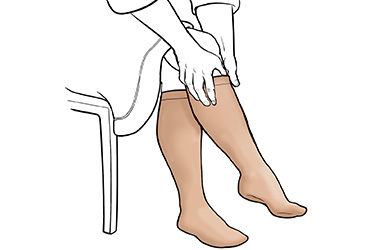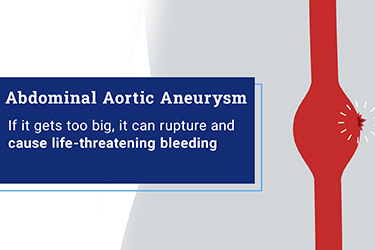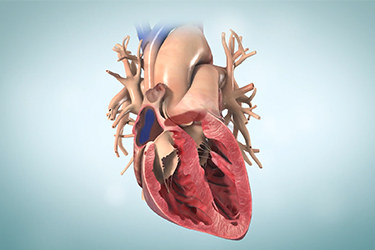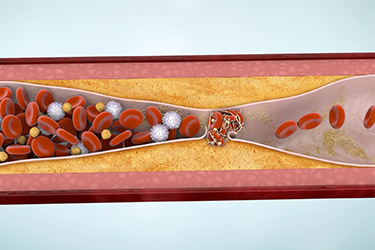Advertisement
Advertisement
Other Cardiovascular Conditions
Angina
Coronary Artery Disease (CAD)
Show more
Treating Coronary Artery Disease
Angina and Other Symptoms of Coronary Artery Disease
Heart Disease in Women
Understanding Coronary Artery Disease
Focus On: Blood Clots
Coronary Artery Disease - When Are Heart Attacks Most Likely to Occur?
Treating Coronary Artery Disease: Lifestyle Changes, Medications, Stents and Surgery
Peripheral Artery Disease (PAD)
Heart Valve Disease
Show more
Mark Ridder Aortic Stenosis Treatment
Mark Ridder Aortic Stenosis Surgery Recovery
Heart Valve Ambassador: Thelma Hill - Mitral Valve Replacement
Heart Valve Ambassador: Thelma Hill - Be Your Own Advocate
Heart Valve Disease Symptoms
What is Aortic Valve Stenosis?
Recovery Milestones Checklist
What Is Infective Endocarditis?
What is a Heart Murmur and How Does It Relate to Valve Problems
Video in
English
